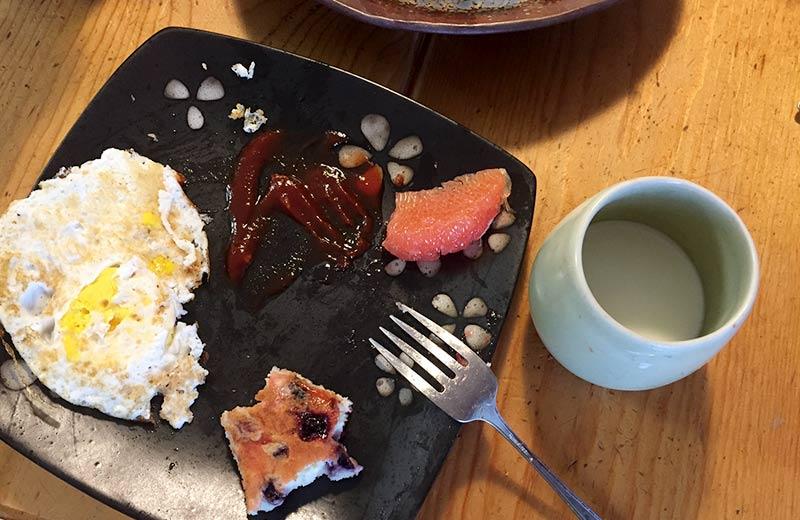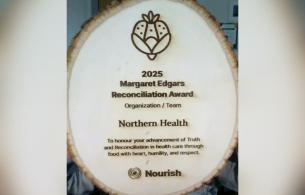The scenario: you’ve served up a meal or snack to the kids, and a lot goes uneaten.
It’s so common (!) and frustrates many adults, not just because of the food itself, but also the effort that went into it.
We’ve previously explored a best-practice approach to feeding – Ellyn Satter’s division of responsibility in feeding. In her approach, adults decide what foods to offer, and when and where to offer them. Kids decide how much to eat. This helps prevent and manage a lot of common child feeding issues.
However, worries about food waste can shape how we feed kids. It might make us hesitant to offer new or less-than-favourite foods. It might cause us to pressure kids to eat more than they’re hungry for. This can make feeding a struggle!
So, what to do? How do we balance best practices in feeding with concerns about food waste? While some food waste may be unavoidable, a few strategies can help.
Offer food at regular times
A schedule is a great place to start. Aim to space meals and snacks 2-3 hours apart and, in between, offer only water for thirst. This gives kids a chance to have an appetite when it’s time to eat.
Then, let kids decide how much to eat from the foods you have provided. Avoid pressuring them to eat more; only they know when they have had enough. (This can be hard to trust. You might like our article: A sigh of relief: Trusting children to eat enough.)
Be considerate, without catering
It’s valuable to expose kids to new and less-than-favourite foods, when possible. This gives them a chance to (eventually) increase their comfort with these foods. Check out tips for making kid-friendly meals.
Try family-style meal service
Family-style meal service is where food is served at the table, as opposed to being pre-plated in the kitchen. Offer everyone a small amount of each item, and help kids to serve themselves. “Amy, would you like some green peas?” It’s okay if they say no – seeing food on the table and seeing others enjoy them is still good learning.
Start small and allow for more
To start, offer small portions of the foods you have prepared. Offer a quarter or half sandwich, instead of a whole one, and just a spoonful of vegetables.
It’s normal for young kids to eat only one or two items at a meal. If possible, offer them a second or third helping (or more) of the foods they’re interested in.
Get creative with leftovers
Food items that were not served can be incorporated into future meals. Try adding leftover cooked grains, legumes, meats, or vegetables in dishes such as soups, fried rice, frittatas, or casseroles. Use these within a few days.
At the end of a meal or snack, it might work to put uneaten food from a kid’s plate into a small reusable container to be offered as a snack in the next day or two. Otherwise, it can go in a compost bin or, if it’s an option, maybe even to a lucky pet, chicken, or pig.














Comments